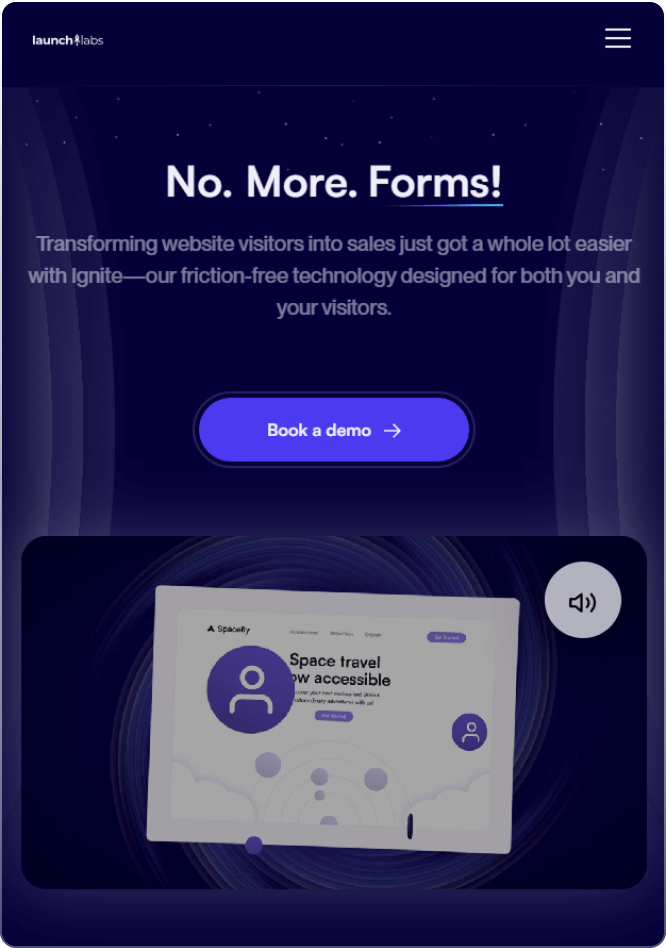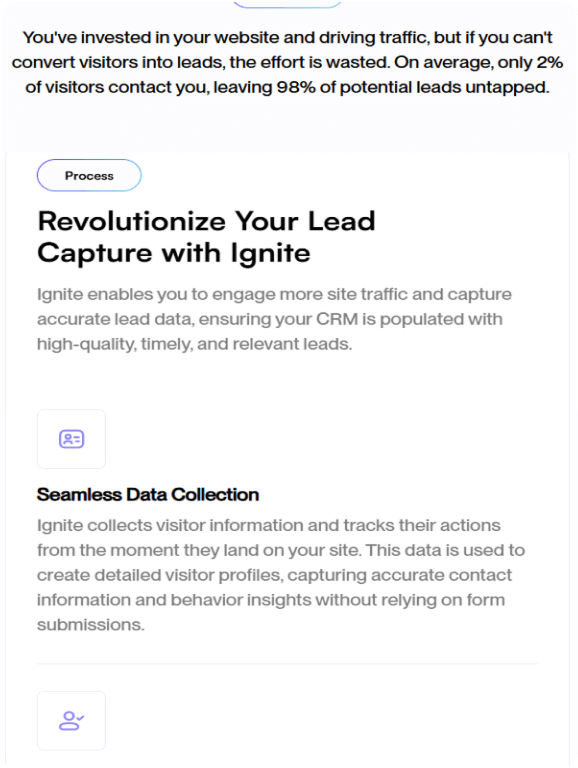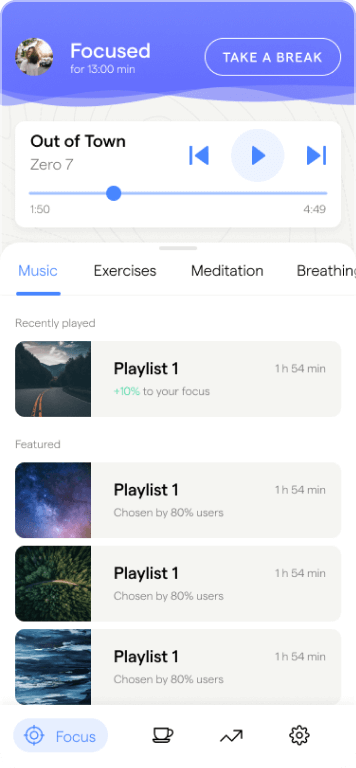If only 1 in 4 predicted incidents are avoided, a company with 50 projects/ year can avoid 40-100 incidents/year.
At an estimated cost of roughly $36,000/incident (in 2018 dollars,) that’s somewhere between $1.4M and $3.6M in safety related savings per year.
If we assume that 50% of the alerts from the “early warning system” result in preventing an incident (a more likely assumption), the financial benefits are double this amount.
.png)
for The construction activities














































































